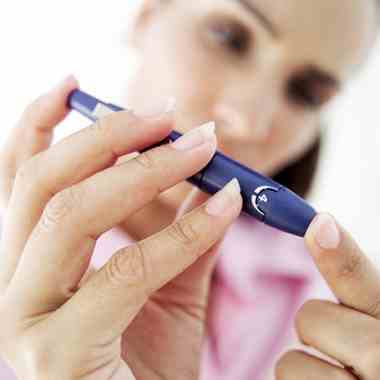Guidelines recommend screening all patients with cardiovascular disease with an OGTT, but prior research suggests this may only occur in half of all patients, say the German investigators.
“The main handicap why an OGTT is not performed in daily routine might be its intensiveness in time, personnel and costs,” they suggest in the International Journal of Cardiology.
In a search for clinical markers that could be used to identify high-risk patients who would benefit most from OGTT screening, they studied the predictive value of easily available clinical markers for undiagnosed Type 2 diabetes.
OGTTs were performed in all 1215 patients without known Type 2 diabetes who presented at a heart center with known or suspected coronary artery disease for elective coronary angiography from January to October 2007.
Results showed that 31.4% of the patients had normal glucose tolerance, 50.7% had impaired fasting glucose or impaired glucose tolerance, and 17.9% were newly diagnosed with Type 2 diabetes. Therefore, 998 OGTTs did not result in the new diagnosis of undiagnosed diabetes, the team calculates.

FBG of at least 90 mg/dl and age of at least 55 years predicted undiagnosed diabetes. At these cut-off points, Type 2 diabetes could be diagnosed with a sensitivity of 81.1%, a specificity of 63.4%, and a positive predictive value of 32.5%.
“Thus, the number of subjects needed to be screened could be reduced from 1215 to 541, and costs and other resources of more than 55% of OGTTs be saved,” report Mark Lankisch (University of Witten, Dortmund) and colleagues.
They conclude: “The implementation of simple and rapid available measures as FBG and age is a helpful tool to reduce the number of OGTTs needed for the detection of so far undiagnosed Type 2 diabetes mellitis so that national and international guidelines can be followed more easily and unknown Type 2 diabetes mellitis can be detected more effectively.”
Source : InCirculation.net
MedWire (www.medwire-news.md) is an independent clinical news service provided by Current Medicine Group, a trading division of Springer Healthcare Limited. © Springer Healthcare Ltd; 2010
Do You Interested With This One?



